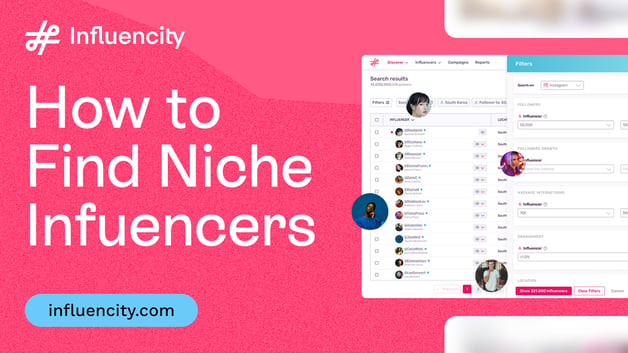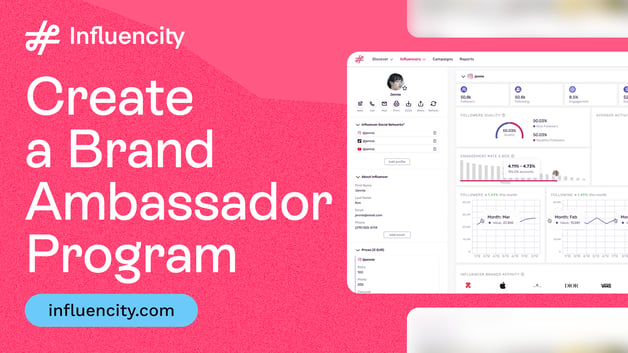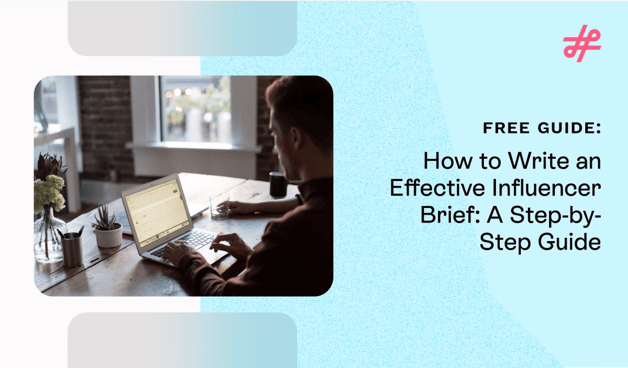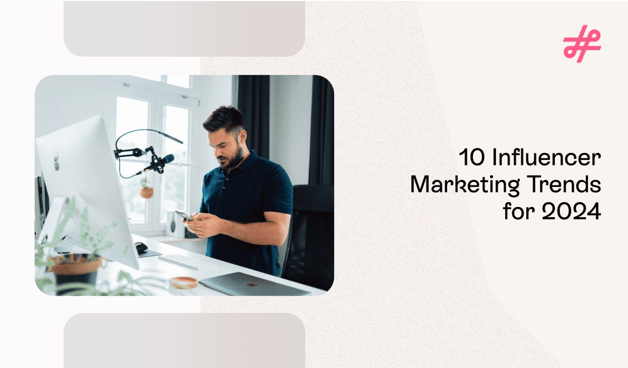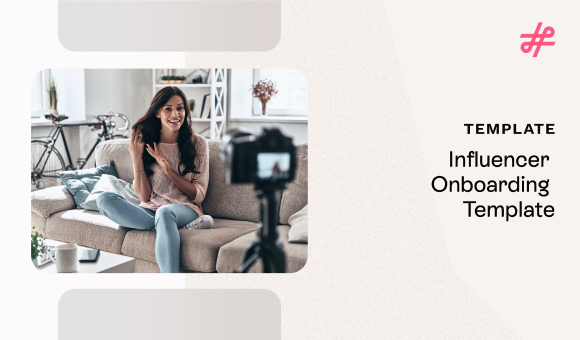Instead of manually checking each influencer’s post, logging likes and comments in spreadsheets, or waiting until the campaign wraps to gather results, Nike’s team uses automation to track everything in real time.

Here’s how it worked:
-
Content was automatically detected and tagged the moment it was posted, a process often called auto-tagging. If a creator used a campaign hashtag, mentioned Nike, or aligned with a specific content theme, the system would flag the post and log its performance instantly. No more screenshots, back-and-forth emails, or spreadsheet overload.
-
Nike used vertical-specific tagging to categorize content by fitness theme—like high-intensity interval training (HIIT), running, strength training, and recovery. Each of these verticals represented a distinct customer segment. Tracking which themes were gaining traction helped Nike understand not just what was popular, but with whom and respond strategically.
-
Why this matters: In influencer marketing, segmentation isn’t just a nice-to-have—it’s how you build smarter strategies. Instead of treating your audience as one large group, you break it down into smaller, more meaningful categories based on behaviors, interests, or life stages. For Nike, that meant organizing content by fitness verticals like running, strength training, or recovery. These segments helped Nike’s team spot what was resonating with different types of consumers and adjust in real time. If recovery content was trending in one market when HIIT was gaining traction in another, they could tailor their messaging, creator activations, and paid boosts accordingly.
.png?width=600&height=269&name=White%20%26%20Green%20Modern%20Bar%20Chart%20Graph%20(71).png)
-
Real-time dashboards gave Nike’s team instant visibility into what was performing well. If a workout challenge started to go viral, they could amplify it across brand channels, re-engage creators, or prompt others to join in, riding the wave while engagement was still climbing.
-
Automation also made insights easier to see. With manual tracking, performance data can get buried in spreadsheets. But with automated dashboards, Nike could set up visual cues in a dashboard that highlighted opportunities the moment they appeared. Instead of digging for patterns, the platform surfaced them in plain sight.
-
Creative and analytics teams worked from the same live data, eliminating bottlenecks and enabling fast, confident decisions.
The takeaway: When you rely on manual tracking, you’re not just slower. You’re also flying blind. Real-time insights don’t just speed things up. They bring the opportunities into focus while you still have time to act.
3. HelloFresh x Mid-Tier Food Influencers: Scaling Outreach Without Sacrificing Personalization
HelloFresh is no stranger to influencer marketing. But managing hundreds of mid-tier creators while maintaining a personal touch is no small feat. For this campaign, the brand teamed up with a platform like CreatorIQ to coordinate batch outreach, distribute coupons, and track performance by individual influencers.
Rather than relying on endless email threads or one-size-fits-all messaging, the team used platform tools to scale thoughtfully, delivering a smooth, organized experience for both creators and consumers.
How they did it:
Batch outreach tools enabled HelloFresh to segment creators by audience size and engagement, while still sending personalized messages.

This allowed the team to efficiently manage hundreds of relationships without resorting to generic outreach, ensuring each creator felt seen, valued, and aligned with the brand.
Custom coupon codes were assigned and scheduled through the platform, making it easy to track which creators were driving conversions.

These trackable codes gave HelloFresh direct insight into ROI per influencer, helping the team connect creator activity to actual customer acquisition without the manual work this would have required.
-
Real-time performance tracking helped the team quickly identify top performers and reallocate budget mid-campaign. HelloFresh could double down on what was working while it was still working, maximizing impact in the moment.
The takeaway:
You don’t have to choose between scale and strategy. The right influencer marketing platform helps you do both, automating logistics while preserving the human element that drives results.

4. Glossier x Niche Beauty Experts: Building Brand Loyalty Through Micro-Influencer Ambassadors
Glossier has always leaned into the power of community. For this campaign, the brand focused on long-term partnerships with micro-influencers, particularly niche beauty experts who already loved and used the products. Instead of chasing reach alone, Glossier prioritized authenticity and sustained engagement by partnering with a platform like Aspire to manage its ambassador program.
Glossier wasn’t chasing quick wins with this campaign. The real goal was to grow a tight-knit community of creators—people who genuinely loved the products and could represent the brand authentically over time. That meant moving beyond one-off posts and focusing on long-term partnerships.
How they did it:
Creator relationship tools helped track every stage of the collaboration from the first gifted product to ongoing reactivations and repeat campaigns. It gave them a clear picture of who was truly invested in the brand, and who their next go-to creators might be.

- Content libraries allowed teams to review and repurpose top-performing visuals for paid and organic channels.

.png?width=600&height=401&name=White%20%26%20Green%20Modern%20Bar%20Chart%20Graph%20(72).png)
- Performance analytics supported a test-and-learn approach, identifying which creators had lasting impact, not just viral moments.

The takeaway:
Influencer marketing isn’t always about one-off posts. With the right platform, brands can nurture real creator relationships that grow stronger and more valuable over time.
5. Adobe x Creators in the Creator Economy: Matching Influencers to Skills—and Measuring Real Impact
When Adobe set out to promote its suite of creative tools, the company didn’t just look for influencers with big followings. It looked for creators with specific talents. From illustrators to video editors, Adobe used an influencer marketing platform to align the right tools with the right creators, and to track results that went far beyond likes and shares.
Rather than guessing which partnerships paid off, Adobe integrated performance metrics that tied directly to business goals—like software trials and downloads.
How they did it:
- Creator segmentation tools allowed Adobe to identify influencers based on skill sets and content themes (e.g., digital art, video production).
- Post-campaign tracking measured key conversions, including free trial sign-ups and software downloads.
- Custom performance dashboards gave the team insight into which creative formats and influencers drove the most value.
The takeaway:
When your product is made for creators, your influencer strategy should reflect that. With the right platform, Adobe turned influencer marketing into a measurable growth channel, anchored in talent alignment and data-driven decisions.

Tips for Travel Brands Running Influencer Campaigns
The Palladium campaign showed what’s possible when global travel brands use influencer platforms well. Here are four key lessons any travel marketer can apply.
Think Local, Act Global
Use platform filters to find creators based in or traveling through your key destination markets. Local influencers often drive higher trust and engagement, especially when their content aligns with the look and feel of your brand.
- Create Visual Guidelines Without Stifling Creativity
Influencers know what works with their audience, but clear direction helps. Upload sample briefs or mood boards directly into your platform to guide creators on brand colors, messaging, and must-capture moments, especially in scenic, experience-driven campaigns. - Automate Metrics Tracking (So You Don’t Work Weekends)
Stories disappear in 24 hours, but your time shouldn’t. The right platform will auto-collect content—including Stories—so you’re not glued to your phone seven days a week trying to screenshot posts before they vanish. - Embrace a Multi-Platform Strategy
Your audience isn’t just on Instagram. Use data to identify creators who perform well across TikTok, YouTube Shorts, and Reels so you can capture traveler attention wherever they scroll.

Choosing an Influencer Marketing Platform: What Really Matters
Not all influencer marketing platforms are created equal. Whether you're managing in-house campaigns or evaluating tools for your agency, here’s a simple checklist to help you choose a platform that supports smart execution and strong relationships.
- Can you track content automatically?
Make sure the platform collects Stories, Reels, and posts in real time—so you’re not manually saving screenshots or chasing creators for links. - Is influencer outreach scalable but still personal?
Look for features that let you segment creators and send personalized messages at scale. Batch outreach shouldn’t mean batch tone. - Does it provide real-time insights?
Campaigns move quickly. You need performance data that updates live—not days later—so you can adjust. - Can you export client-ready reports in one click?
Whether it’s for your CMO or a brand client, reporting should be fast, polished, and presentation-ready. - Does it offer campaign-level budget tracking?
From gifted collaborations to paid partnerships, choose a platform that helps you track spend and ROI at the campaign level.
.png?width=700&height=125&name=White%20%26%20Green%20Modern%20Bar%20Chart%20Graph%20(73).png)
Final Takeaways
Influencer campaigns don’t fall apart because of bad ideas—they stumble when execution becomes unmanageable. These five standout campaigns prove that when the right platform is in place, even the most complex launches can run smoothly, scale with confidence, and still feel personal.
Because at the end of the day, success in influencer marketing isn’t just about who you work with, it’s about how you manage the process from start to finish.
Ready to manage like a pro?
Explore how Influencity can help streamline your next campaign—book a demo or start a free trial to check out our platform features.








![TEMPLATE Influencer Marketing Campaign Proposal Template [+Playbook] Create professional, winning pitches to secure your next big campaign.](https://no-cache.hubspot.com/cta/default/3449185/interactive-186850340410.png)




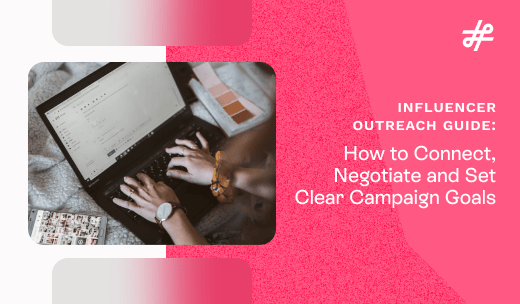
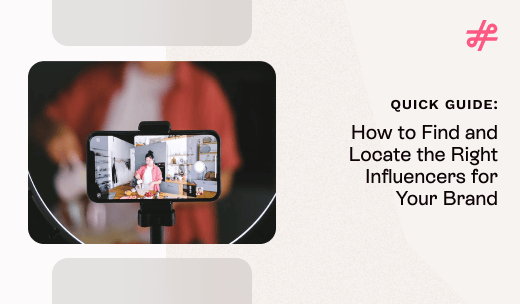



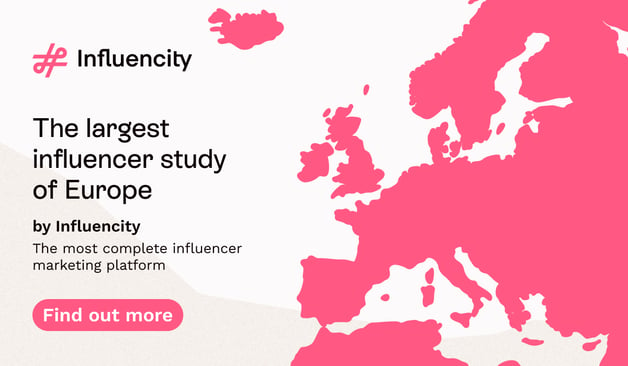

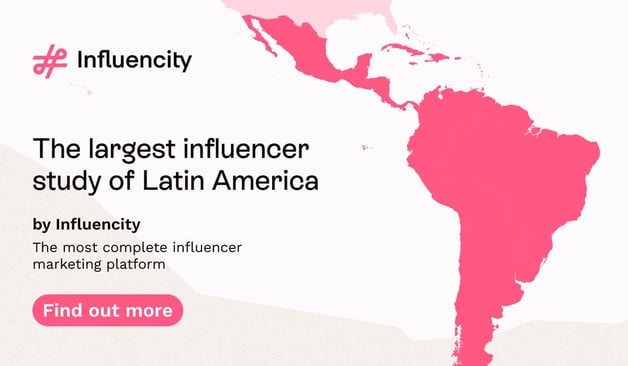


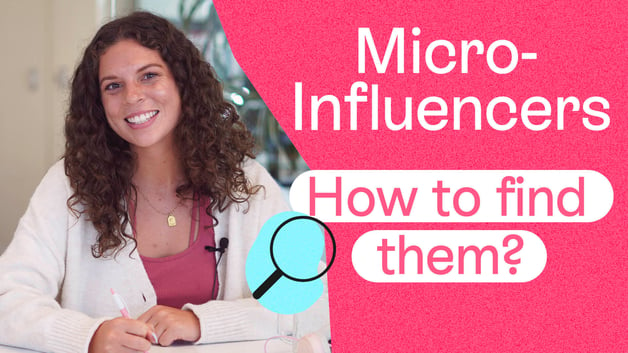


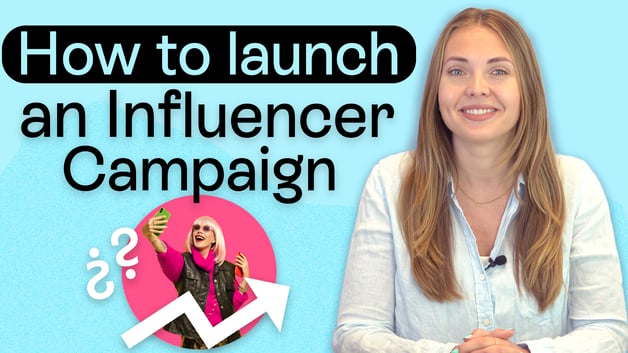



%20and%20How%20Can%20They%20Benefit%20Your%20Brand%20article.jpg?length=628&name=What%20Are%20Key%20Opinion%20Leaders%20(KOL)%20and%20How%20Can%20They%20Benefit%20Your%20Brand%20article.jpg)
